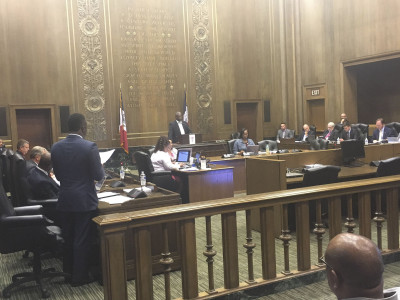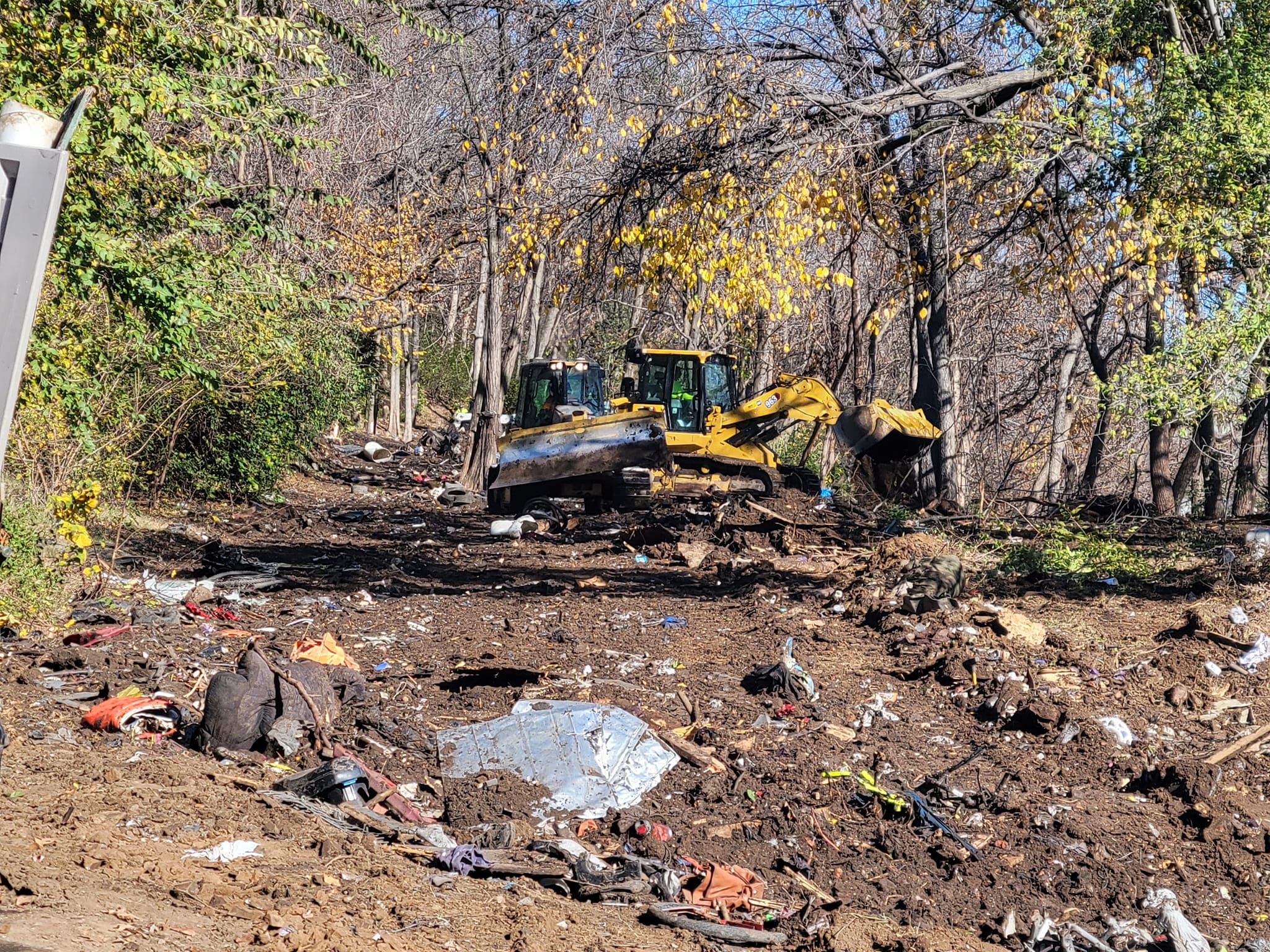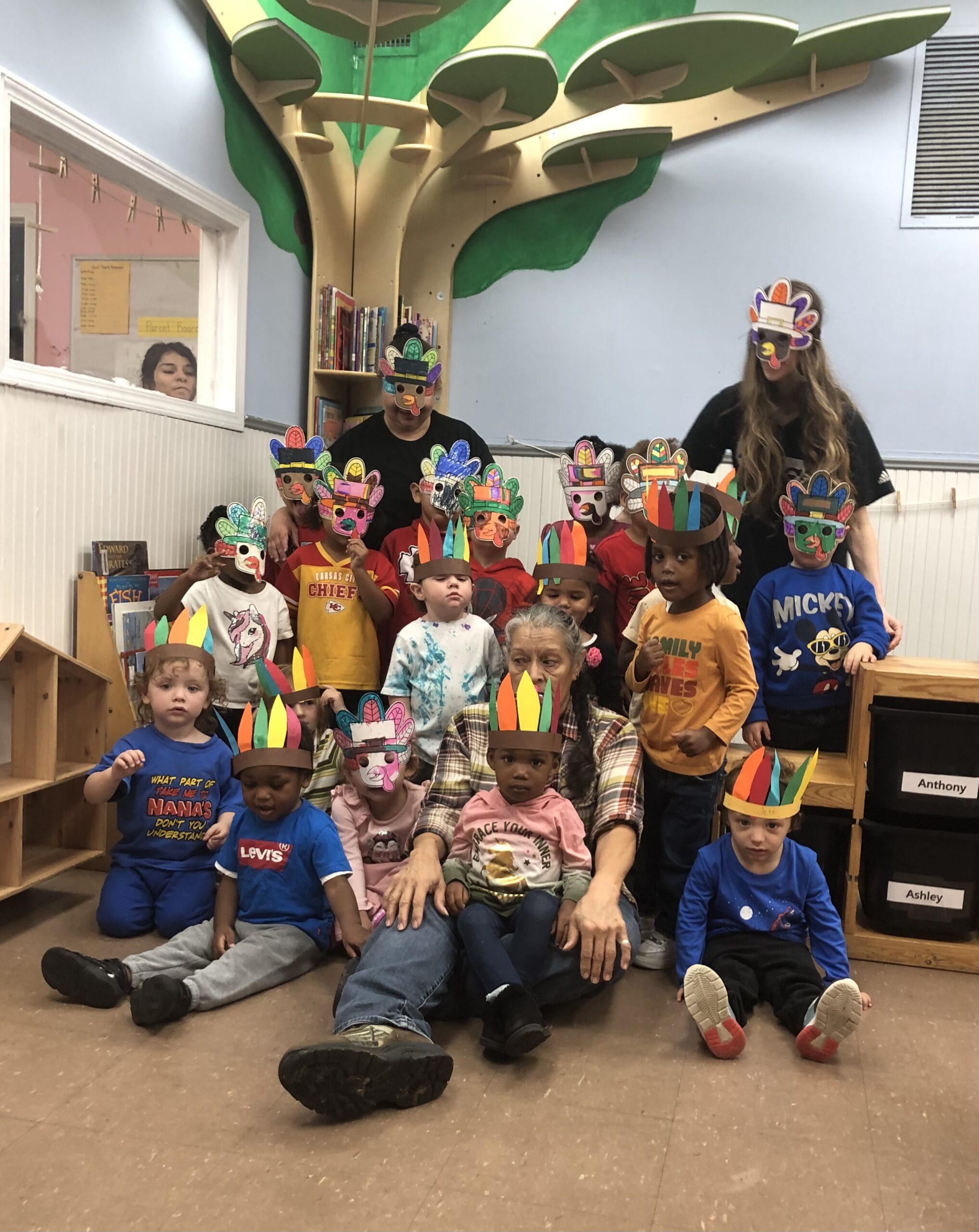Elizabeth Orosco
Northeast News
Kansas City Council members held their first business session of 2019 on Thursday, Jan. 10. The results of ElevateKC, the employee engagement survey, were presented to the council, along with the KCMO Master Tree Plan.
The ElevateKC employee survey was launched in 2014, with a goal to provide insight into the general work environment of City employees.
The survey is administered every other year. Since 2014, it has been given in 2016 and 2018. The results are shared with the City Manager, department management, and cross-departmental work teams, providing insight into city priorities, progress over time, and differences between departments.
In 2018, 1,406 survey responses were received from 4,372 employees, a 32 percent response rate, which increased from a 24 percent response rate in 2016.
One question asked employees how satisfied are they with their current job. Last year, 71 percent of those who took the survey said they were satisfied, 12 percent dissatisfied, and 17 percent remained neutral. 87 percent of survey takers said they see the City as a long-term career opportunity.
Some strengths highlighted in the survey results were that 75 percent said customer service was a top priority for their department and 69 percent said safety was emphasized in their department.
Consistent priorities of the City, including technology, revealed just over half (52 percent) of the survey takers said they have access to effective software training needed to do their job and 59 percent said they have the right technology (hardware) to do their job effectively.
Kate Bender, Deputy Performance Officer with the City, and Julie Steenson, Deputy Performance Officer and Senior Performance Management Analyst with the City said these results differ greatly between departments who have had a software update since the last survey results.
Ongoing concerns of City employees include succession planning, managing performance, and recognition. Only 29 percent said their department is prepared for future retirements and 34 percent said the City regularly recognizes employees for a job well done.
New questions presented on the 2018 survey include questions related to innovation, continuous improvement, and work relationships. 64 percent said their supervisor was open to new ideas, 56 percent said their work group takes time to improve work processes, and only 38 percent said they have a best friend at work.
The last question posed to survey takers asked whether they were confident that the issues arising from this survey would be acted upon. Only 8 percent said they were very confident, and 37 percent said not confident.
Steenson and Bender said that while there have been much improvement in several areas since previous surveys, which should not be overlooked, these results offers the City Manager, department managers, and councilmembers a guide on what opportunities still exist to make the City a “best place to work” in the eyes of its employees.
After the survey results, Kristin Riott, Executive Director of Bridging The Gap, presented a Master Tree Plan, urging the council to invest more in trees in Kansas City as a powerful solutions to a myriad urban challenges, especially climate change.
Financially, KC’s forest contributes $28M annually, with a large portion coming from the $11,092,597 produced by stormwater reduction runoff.
Davey Group statistical analysis data from 2002 states Kansas City’s canopy coverage is at 31 percent. This number is probably inflated since it does not reflect development and aerial data cannot distinguish invasive honeysuckle from healthy canopy.
The findings also revealed that almost 60 percent of all Kansas City trees are in fair to poor condition.
The good news is that the species and age distribution are well-balanced, many trees have been recently planted, and there is room in the metro to plant twice as many trees. Kansas City has many good programs and non-profit partners in place to assist with tree growth, including Emerald Ash Borer replacement program, Right-of-Way street tree replacement program, and GO Bond street tree replacement program.
Riott said there was room for improvement in investing in Kansas City’s trees. Financially, resources are still inadequate to conserve and increase tree canopy throughout Kansas City and move from reactive into proactive management. She suggested that a maintenance program would prolong the life of mature trees and the City needs trees in more places than just where old ones are being removed.
She said the ultimate goal was to increase canopy coverage to 35% by 2045, adding 15,100 trees per year for 25 years.
She offered the Council a 5-part strategy plan to see this goal met.
The five strategies include creating a robust legal and strategic framework, to protect existing trees and fund enforcement, increasing the budget from $3.8 million to $8.8 million, plant and water at least 5,000 new trees on public lands annually to add canopy, creating private sector collaboration, and creating a powerful and ongoing public education and engagement program.
The Master Tree Plan presentation ended with Riott emphasizing the ultimate goal of the plan: to improve the vitality of Kansas City.
“Protected, improved, and maintained through the collaboration of many partners, a vibrant urban forest ensures that Kansas City will remain a healthy, prosperous community for residents to live, work, and recreate.”


















